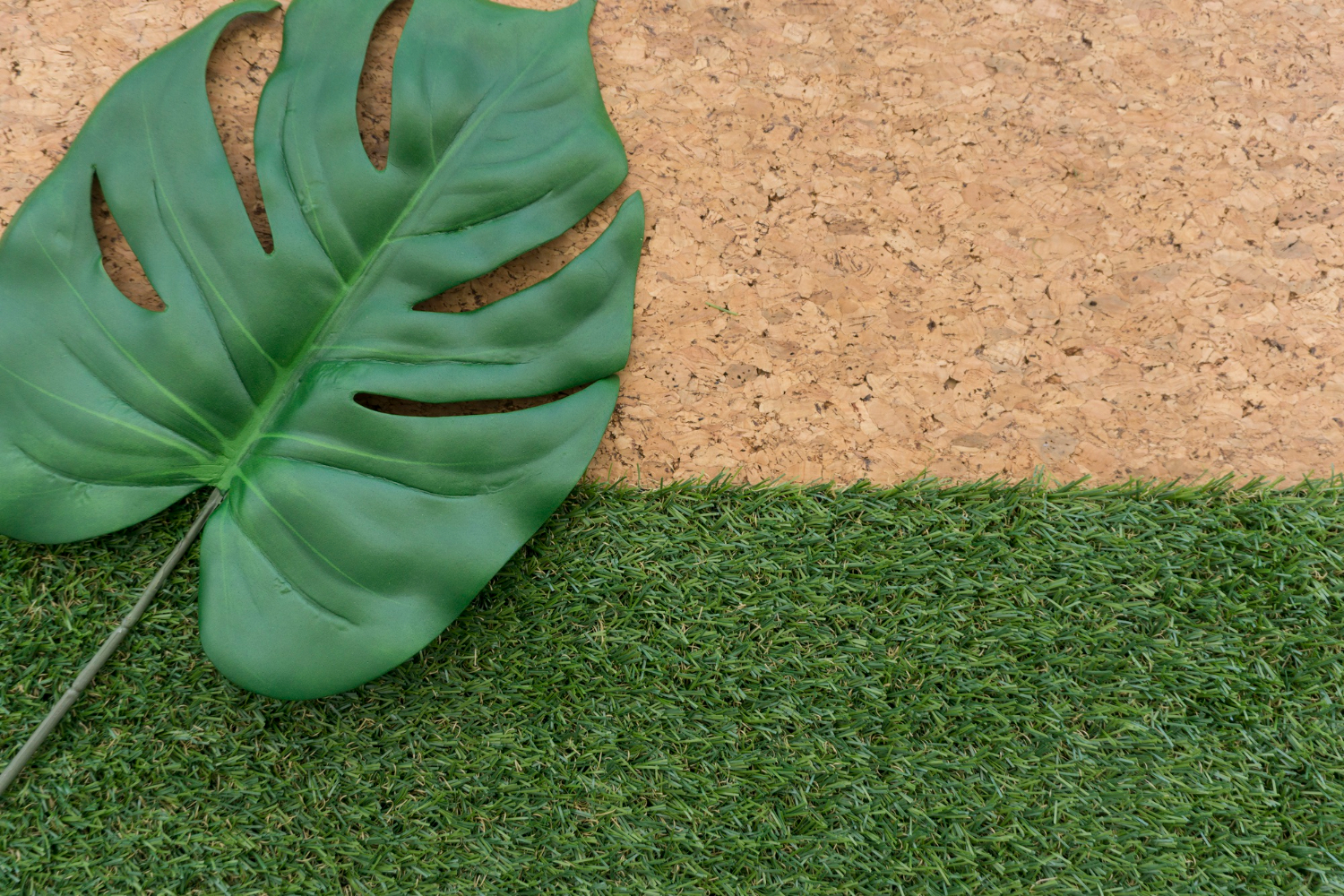
When planning your landscaping project, understanding the differences between artificial grass and organic sod is crucial. A skilled general contractor in Dallas can help you choose the right option for your property. This guide breaks down the key differences between these two lawn options. We’ll cover installation, costs, lifespan, maintenance requirements, environmental impact, and aesthetics. These details will help you make the best choice for your yard.
Installation Process
Installing fake grass and natural sod requires different steps and work. Fake grass installation involves digging out the area, laying down crushed rock or sand, compacting it tightly, and then rolling out the turf. This work requires careful attention to achieve a smooth and lasting result. Natural sod installation involves breaking up soil, adding plant food, leveling the ground, and placing each piece of sod carefully. Sod installation requires more physical work, as each piece must be lined up perfectly for a smooth appearance. Both have challenges, but good preparation and careful work make the difference.
Cost Comparison
The cost of artificial grass versus organic sod includes both initial expenses and long-term costs. Fake grass costs more upfront for materials and installation, but it saves money over time due to its reduced maintenance requirements. Natural sod costs less initially, but you’ll spend more later on plant food, bug spray, water, and regular maintenance. When you add up all the costs over time, fake grass becomes the more cost-effective choice. It offers good quality and saves money for people who want a yard that lasts long and needs little care.
Durability and Lifespan
Fake grass lasts significantly longer than natural sod and requires less maintenance. It’s made from strong, artificial materials that withstand various weather conditions and heavy foot traffic without damage. It won’t fade, tear, or flatten, keeping a green look all year. Natural sod initially appears attractive, but it is more susceptible to damage from bugs, plant diseases, and weather changes. Fake grass typically lasts 15 to 20 years, significantly longer than natural sod, which may need replacement every 5 to 10 years due to its natural composition and susceptibility to weather damage.
Maintenance Requirements
Maintaining artificial grass in good condition requires regular care to keep it looking its best and stay strong. Here are five key care steps for artificial grass:
- Regular Brushing: Stops grass from matting and keeps it looking natural
- Periodic Rinsing: Washes away dust, pollen, and dirt that builds up
- Weed Control: Makes sure no unwanted plants grow through the fake turf
- Stain Removal: Clean up spills quickly to avoid color changes
- Proper Drainage Maintenance: Make sure water flows away well to prevent flooding
Environmental Impact
Fake grass has both good and bad effects on the environment that need to be considered. It uses no water, saving this important resource and cutting out the need for watering systems. It also reduces the need for harmful bug sprays and plant food, which means less chemical runoff that can dirty water sources. However, making fake grass involves the use of oil-based products and generates pollution during the production process. At the end of its life, fake grass doesn’t break down naturally and is often disposed of in landfills. When making a decision, you need to carefully consider both the advantages and disadvantages of fake grass and natural sod.
Aesthetics and Feel
When looking at how artificial grass and organic sod appear and feel, several things matter for your choice:
- Texture: Natural sod feels soft and natural under your feet
- Appearance: Fake grass keeps a perfect, even look all year long
- Color: Natural sod shows different shades of green that change with the seasons
- Maintenance: Fake grass needs little work to keep looking the same
- Durability: Natural sod may need more attention to prevent damage over time
These points help determine which option best suits your style preferences and practical needs.
Related Topics:
